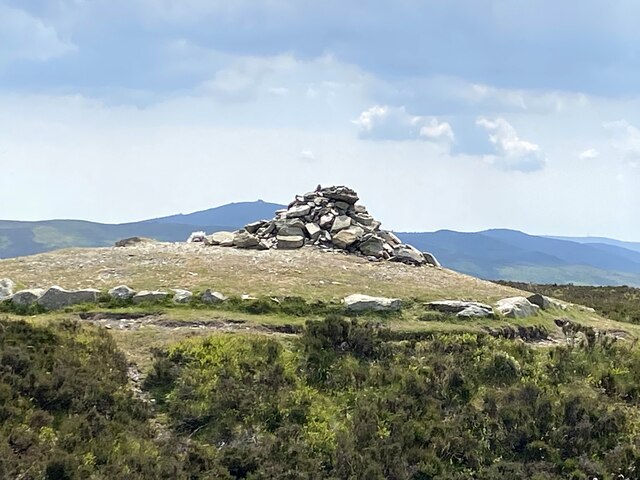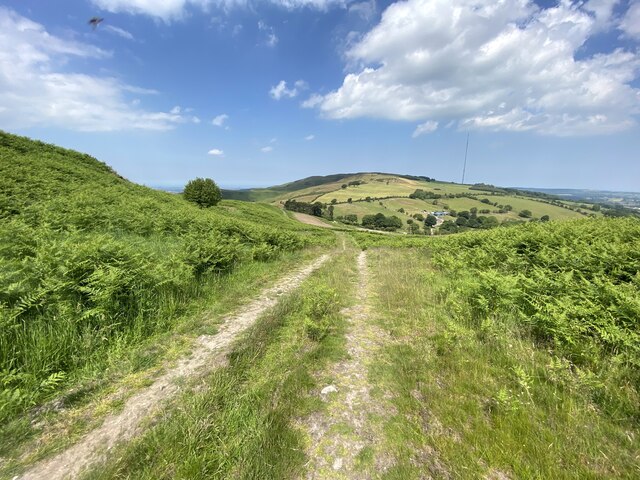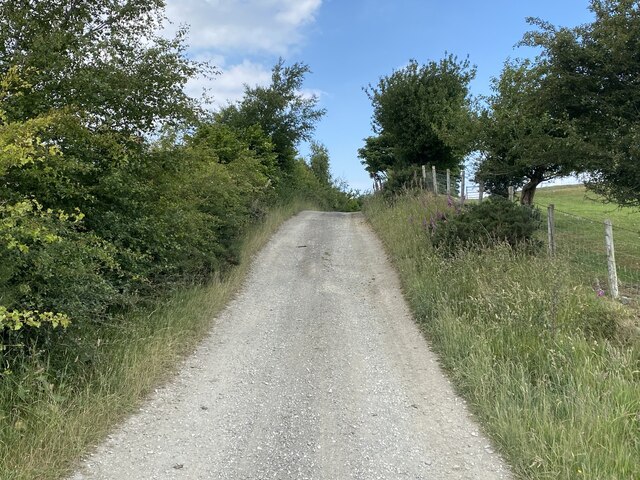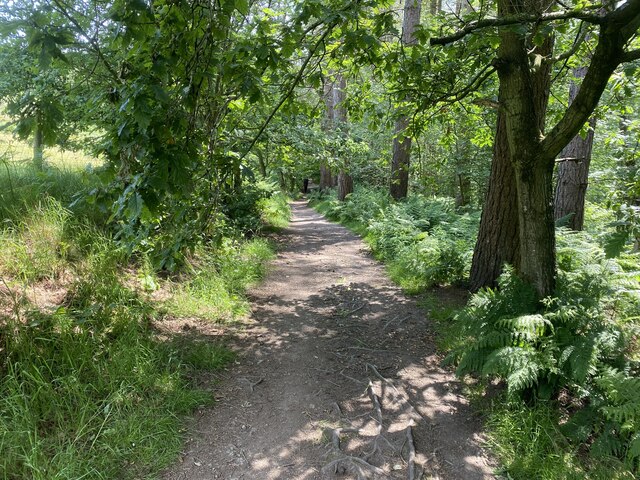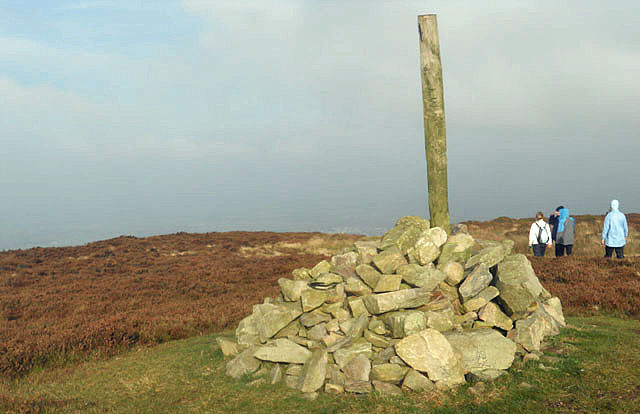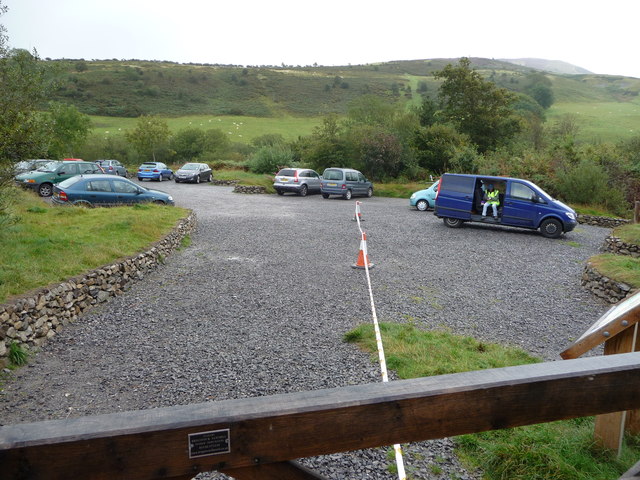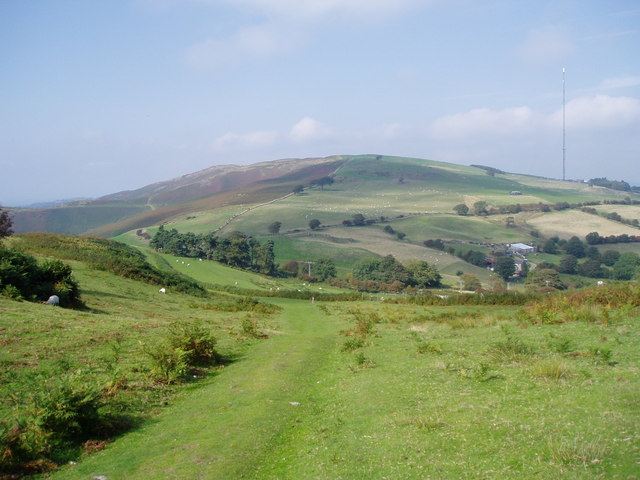Clwydian Range
Range Of Mountains, Range Of Hills in Flintshire
Wales
Clwydian Range

The Clwydian Range is a designated Area of Outstanding Natural Beauty located in Flintshire, Wales. Comprising a series of hills and small mountains, the range stretches for approximately 35 kilometers from Prestatyn in the north to Llandegla in the south. The highest point in the range is Moel Famau, which stands at 554 meters above sea level.
The landscape of the Clwydian Range is characterized by rolling hills, heather-clad moorland, and ancient woodlands. The range is home to a variety of wildlife, including red kites, buzzards, and peregrine falcons. Visitors to the area can enjoy a network of well-maintained footpaths and bridleways, making it a popular destination for walkers, cyclists, and horse riders.
The Clwydian Range offers stunning panoramic views across the surrounding countryside, including the Dee Valley and the Vale of Clwyd. The range is also home to several historic sites, including Iron Age hillforts and medieval castles. Overall, the Clwydian Range is a peaceful and picturesque area, perfect for those looking to escape the hustle and bustle of city life and immerse themselves in the natural beauty of the Welsh countryside.
If you have any feedback on the listing, please let us know in the comments section below.
Clwydian Range Images
Images are sourced within 2km of 53.206074/-3.3071321 or Grid Reference SJ1268. Thanks to Geograph Open Source API. All images are credited.



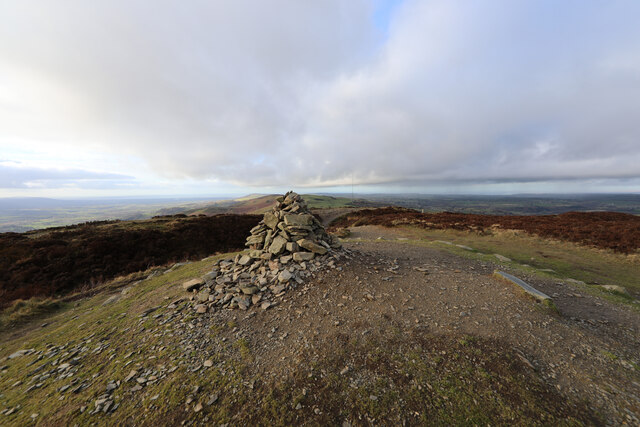


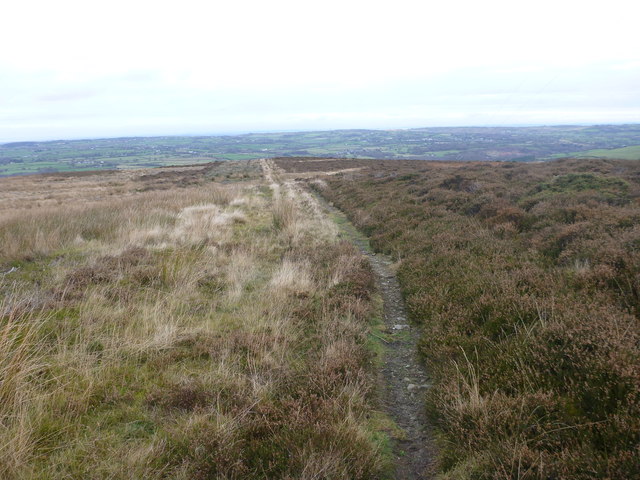
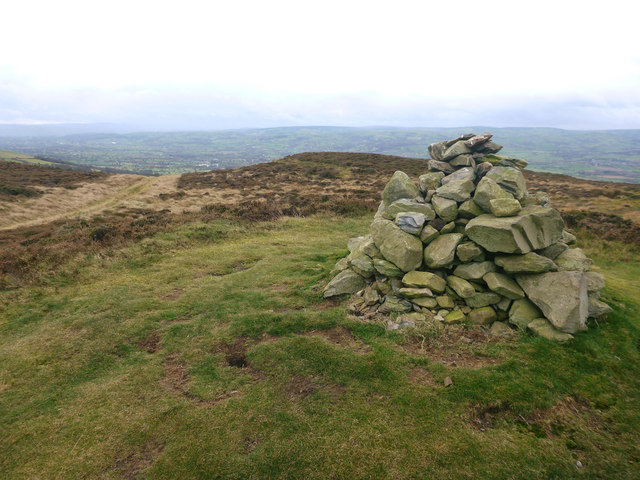
Clwydian Range is located at Grid Ref: SJ1268 (Lat: 53.206074, Lng: -3.3071321)
Unitary Authority: Denbighshire
Police Authority: North Wales
What 3 Words
///inflating.addicted.earth. Near Denbigh, Denbighshire
Nearby Locations
Related Wikis
Penycloddiau
Penycloddiau is a hill in Flintshire, Wales, and one of five Marilyns in the Clwydian Range. The hill, like Foel Fenlli and Moel Arthur to the south,...
Aled Rural District
Aled was a rural district in the administrative county of Denbighshire, Wales, from 1935 to 1974. The district was created by a county review order in...
Moel-y-Parc transmitting station
The Moel-y-Parc transmitting station is situated on Moel y Parc, a hill in north-east Wales at the northern end of the Clwydian range, close to the town...
Moel y Parc
Moel y Parc (sometimes written as Moel-y-Parc) is a hill on the border between Denbighshire and Flintshire in Wales. It is one of the Clwydian Hills, rising...
Nearby Amenities
Located within 500m of 53.206074,-3.3071321Have you been to Clwydian Range?
Leave your review of Clwydian Range below (or comments, questions and feedback).
